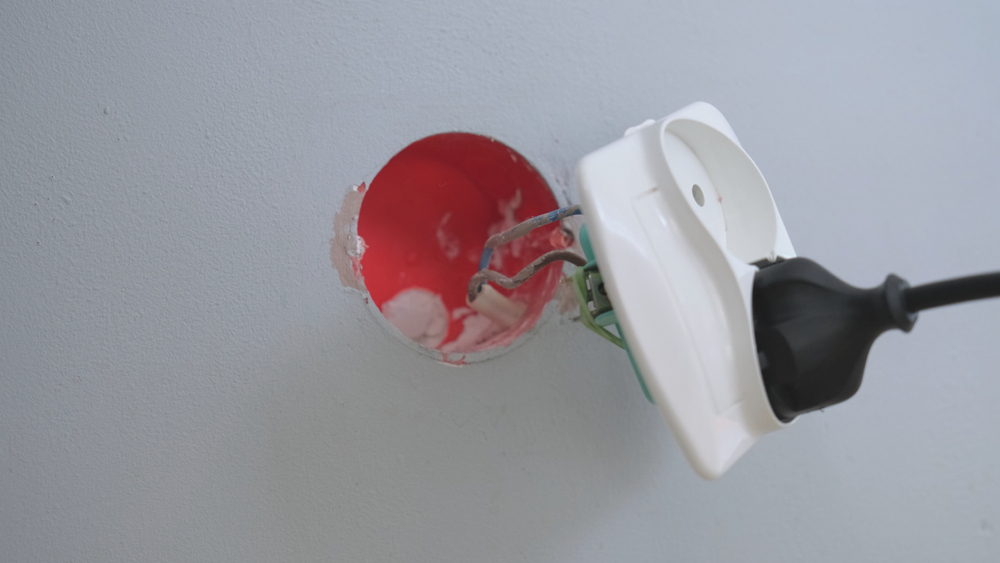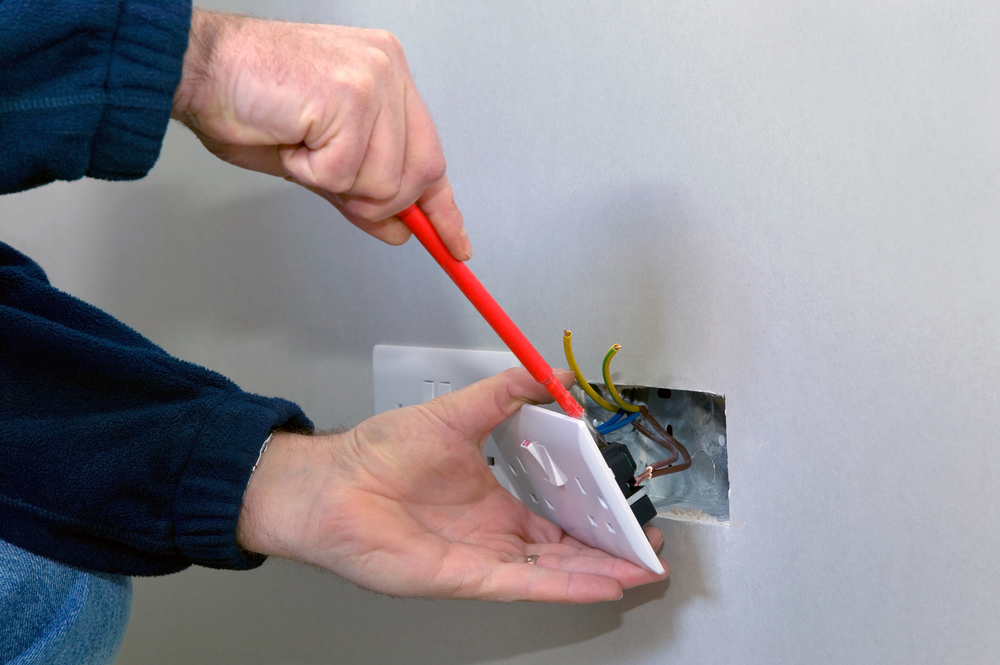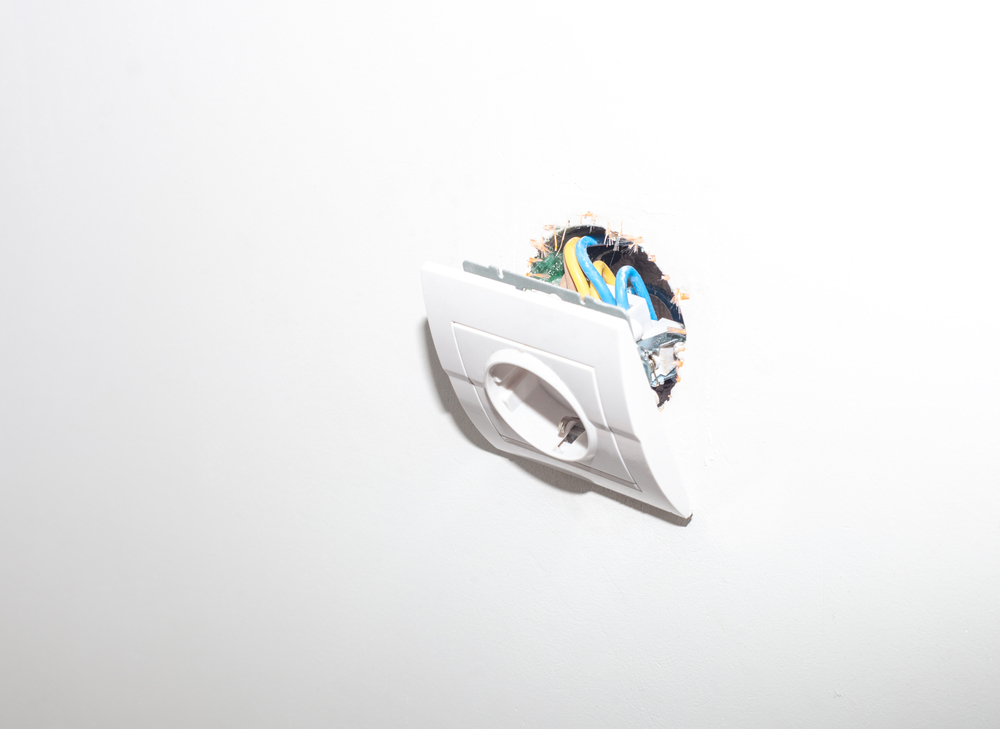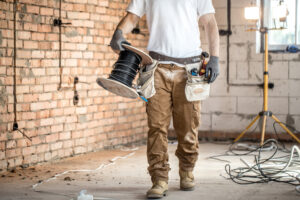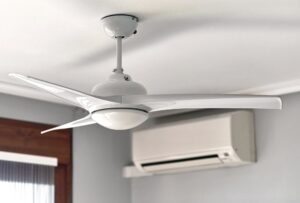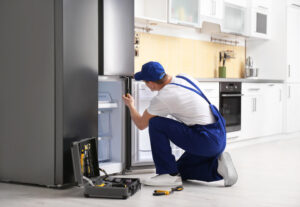When to Call a Professional Electrician
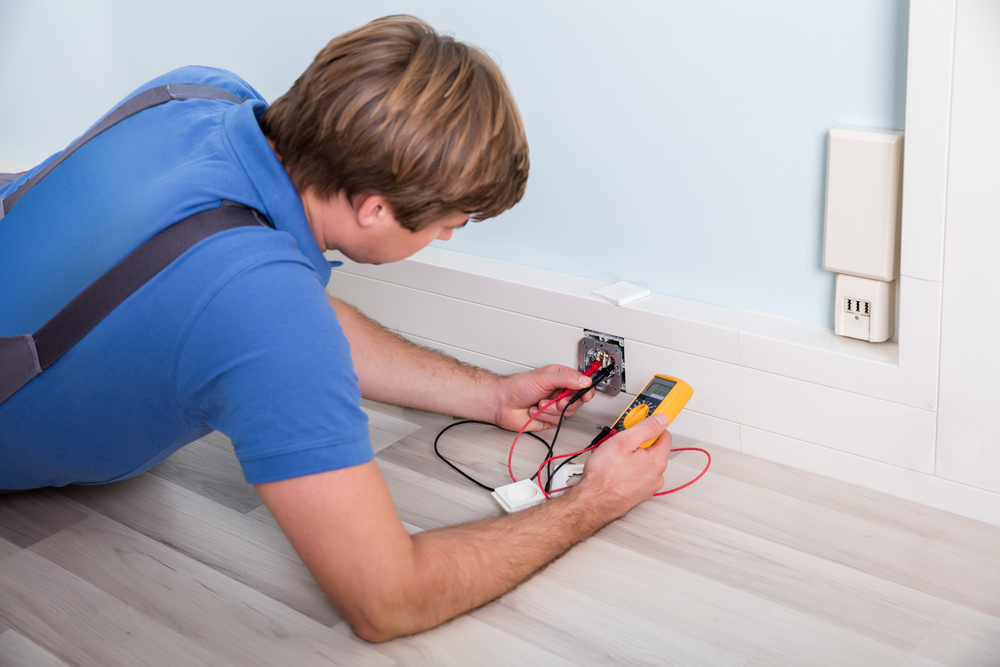
Sometimes, DIY fixes may not be enough to address loose outlets, and professional help may be necessary. Knowing when to call a professional electrician for help is vital, especially if there are signs of sparking or smoking.
A professional electrician can:
- Identify and fix the root cause of the loose outlet
- Ensure the safety and proper functioning of your electrical system
- Prevent potential hazards
- Maintain the longevity of your apartment’s electrical outlets
- Ensure that the wiring is correct and functional.
By seeking expert help when needed, you can prevent potential hazards and maintain the longevity of your apartment’s electrical outlets. Remember that by law, you should contact an electrician to be safe.
Signs You Need an Expert
Sure signs indicate it’s time to call in a professional electrician. If your outlet shows signs of wobbling despite your attempts to fix it, or if there are signs of sparking or smoking, it’s best to seek expert help.
Sparking can indicate improper wiring or an overloaded circuit, while smoke may indicate electrical overheating due to a short or overloaded circuit. In these cases, it’s crucial to have an electrician inspect the outlet to ensure safety and prevent further damage or potential fire hazards.
Finding a Qualified Electrician
Once you’ve decided that a professional electrician is required, finding a qualified electrician to tackle your loose outlet issues is crucial. Check for licenses, reviews, and recommendations to ensure that you’re hiring someone with the necessary skills and experience.
Don’t hesitate to ask for the electrician’s license name and number and verify it on the official website of the relevant licensing authority. Reading reviews can also give you insight into the electrician’s:
- reliability
- punctuality
- quality of work
- communication
- professionalism
Finding a qualified electrician with a wire tester can ensure that your loose outlet issues are resolved safely and efficiently.
Upgrading Your Homes Electrical Outlets
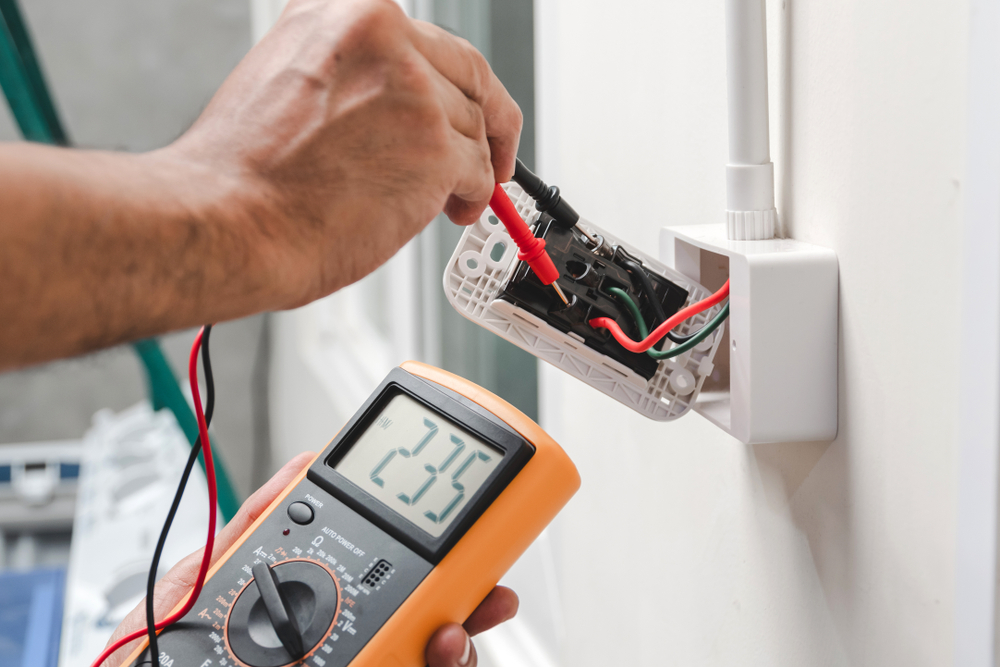
Upgrading your apartment’s electrical outlets is a practical approach to ensuring safety and efficiency in your living space. The 15-amp duplex receptacles are the most common and recommended type of electrical outlets for apartment use, as they are adequate for most electronic devices and small appliances typically found in apartments.
By upgrading your electrical outlets, you can not only enhance the safety of your apartment but also improve its overall functionality. A professional electrician can assist in installing new power points and ensuring proper installation and safety.
Choosing the Right Power Points
When selecting the appropriate power points for your apartment, consider the number of devices and the necessary voltage. There are various types of power points available in Australia, such as:
- Single power points
- Double power points
- Type I plugs and sockets
Choosing the right power points ensures that your power point electrical outlets are compatible with your devices and appliances, providing a safe and efficient living environment. Additionally, having the appropriate power points can help prevent issues such as loose outlets or electrical hazards.
The Installation Process
A professional electrician installing new power points in your apartment is crucial to ensure proper installation and safety. The installation typically involves turning off the power to the building and relevant circuits and connecting the wires to the power points.
A professional electrician will follow safety protocols and use appropriate tools during installation, guaranteeing your upgraded electrical outlets’ safety and proper functioning. By entrusting the installation process to an expert, you can ensure the longevity and protection of your apartment’s electrical system.
Maintaining Your Electrical Outlets
Maintaining your electrical outlets regularly is critical to ensuring their proper functioning and safety. Conducting routine checks and implementing preventative measures can help avoid issues like loose outlets and potential hazards.
Inspecting your outlets and addressing any problems can significantly contribute to the safety and efficiency of your living space. Proper maintenance allows you to enjoy the convenience of secure electrical outlets without any worries.
Routine Checks
Inspecting your electrical outlets at least once a year can help you identify and address any issues before they become hazardous. During these inspections, look for wear and damage on the outlets, such as discoloured or melted plastic, dark discolouration, and loose connections.
Regular inspections can enable early problem detection and appropriate action to ensure your electrical outlets’ safety and proper functioning. By staying vigilant and proactive, you can maintain the integrity of your apartment’s electrical system.
Preventative Measures
Besides routine checks, preventative measures should be implemented to maintain your electrical outlets. These measures include using outlet covers, avoiding overloading outlets, and ensuring a safe earthing system. Regularly inspect electrical cords for damage and clean outlets and circuit breakers to prevent potential issues.
Taking these preventative measures can extend the lifespan of your electrical outlets and help maintain a safe living environment. Remember, a little effort goes a long way in ensuring the safety and efficiency of your apartment’s electrical system.
Summary
Loose outlets in apartments can pose serious risks. Still, by identifying the problem, and taking immediate action, you can maintain the safety and efficiency of your living space. Regular inspections and preventative measures can help you catch issues early and extend the life of your electrical outlets. Don’t wait for potential hazards to arise – take action today and ensure the safety of your apartment and its electrical outlets.
Frequently Asked Questions
Is it safe to use a loose outlet?
Using a loose outlet is unsafe as this can put the health and safety of your family at risk. We recommend having an electrician repair the outlet instead of attempting to fix it yourself.
Why do outlets in my house keep going out?
You could have a tripped circuit breaker or overload a particular circuit with too many appliances or devices. Alternatively, there might be an issue with your wiring or circuit breaker, which must be checked.
How often should I inspect my electrical outlets?
It is recommended that your electrical outlets be inspected at least once a year.
What are some DIY fixes for wobbly outlets?
Tightening the outlet screws or using outlet shims can be a quick and easy DIY fix to stabilize a wobbly outlet.


